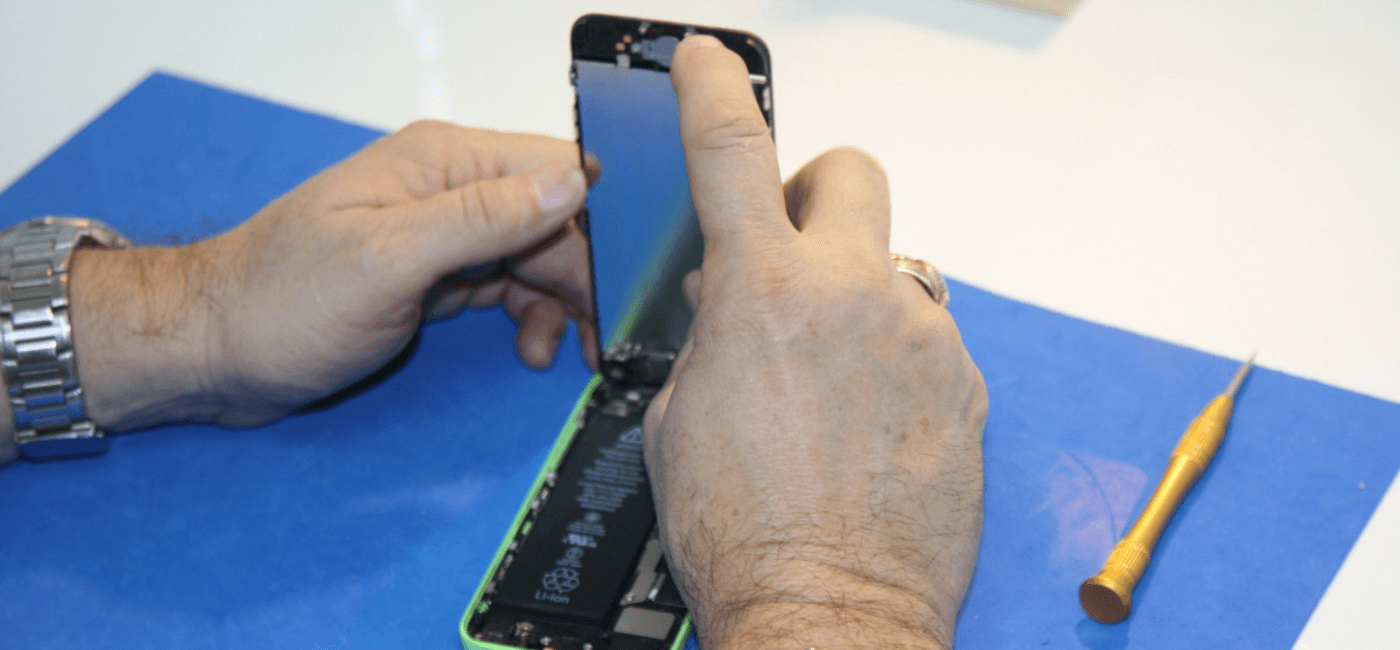GHB is available as an odorless, colorless drug that may be combined with alcohol and given to unsuspecting victims prior to sexual assaults. It may have a soapy or salty taste. Use for sexual assault has resulted in GHB being known as a date rape drug. Victims become incapacitated due to the sedative effects of GHB, and they are unable to resist sexual assault. GHB may also induce amnesia in it’s victim. Common user groups include high school and college students and rave party attendees who use GHB for its intoxicating effects.
GHB has also been postulated to have anabolic effects due to protein synthesis, and has been used by body-builders for muscle building and reducing fat.
GHB is bought on the streets or over the Internet in liquid form or as a white powdered material for illicit use. It is taken orally and is frequently combined with alcohol. Much of the GHB found on the streets or over the Internet is produced in illegal labs. GHB may be adulterated with unknown contaminants that may worsen it’s toxicity.3 The production of GHB usually involves the use of lye or drain cleaner mixed with GBL, a chemical cousin of GHB and an industrial solvent often used to strip floors.
In 1990, the Food and Drug Administration (FDA) issued an advisory declaring GHB use unsafe and illegal except under FDA-approved, physician-supervised protocols. In March 2000, GHB was placed in Schedule I of the Controlled Substances Act. The sodium salt of GHB, the brand product Xyrem (sodium oxybate), is a Schedule III drug when prescribed and used legally in a patient restricted-access program. Xyrem is not available at regular retail pharmacies. If Xyrem is trafficked as a recreational drug, it’s status converts to Schedule I and it becomes an illegal drug.
